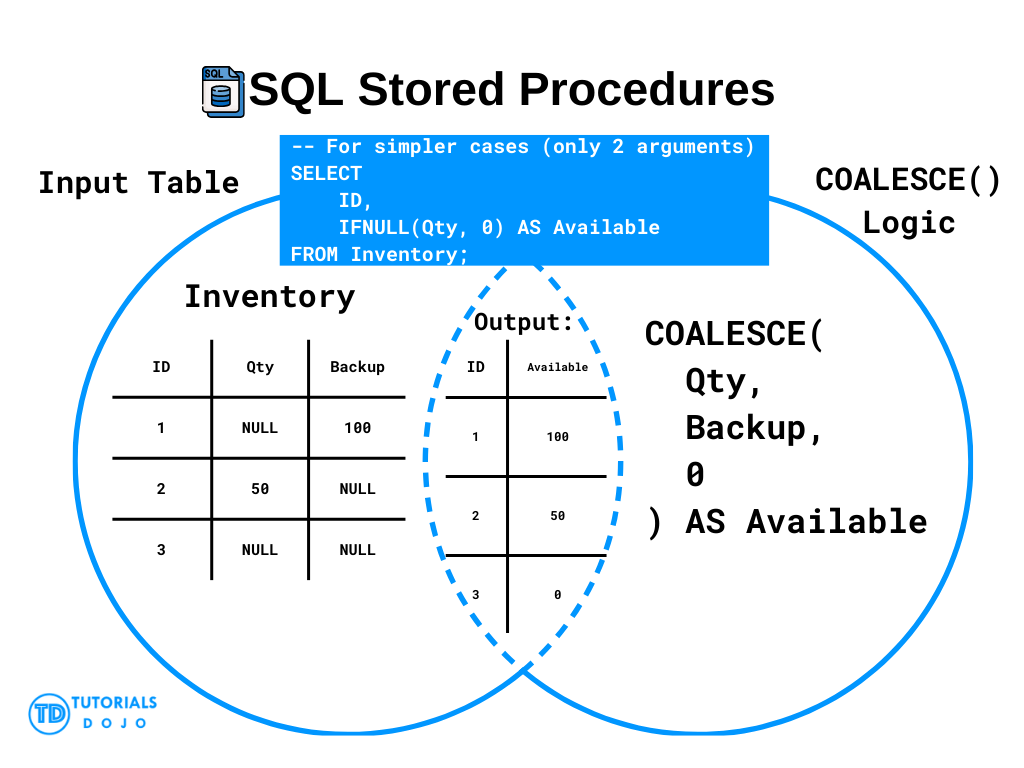A stored procedure is basically a set of SQL commands that you save in the database and run whenever you need it. Instead of writing the same queries again and again, you just call the procedure. It’s especially helpful when you’re dealing with repeated tasks or logic that you want to manage in one place.
SQL Stored Procedures Syntax
For MySQL / PostfgreSQL:
CREATE PROCEDURE procedure_name (parameters) BEGIN -- your SQL statements END;
To use it:
CALL procedure_name(arguments);
For SQL Server:
CREATE PROCEDURE procedure_name @param1 datatype, @param2 datatype AS BEGIN -- your SQL statements END;
To run:
EXEC procedure_name arguments;
SQL Stored Procedures Example
This query creates a procedure called GetAllDoctors that returns all records from the Doctors table.
CREATE PROCEDURE GetAllDoctors() BEGIN SELECT * FROM Doctors; END;
To call it:
CALL GetAllDoctors();
SQL Stored Procedures With One Parameter Example
This query defines a procedure that accepts a single parameter and returns appointments for the doctor with the specified ID.
CREATE PROCEDURE GetAppointmentsByDoctor(IN doc_id INT) BEGIN SELECT * FROM Appointments WHERE doctor_id = doc_id; END;
To call it:
CALL GetAppointmentsByDoctor(1);
SQL Stored Procedures With Multiple Parameters Example
This query creates a stored procedure that takes two parameters: a doctor’s ID and a date. It returns only the appointments that match both.
CREATE PROCEDURE GetDoctorAppointmentsByDate(IN doc_id INT, IN app_date DATE) BEGIN SELECT * FROM Appointments WHERE doctor_id = doc_id AND appointment_date = app_date; END;
To call it:
CALL GetDoctorAppointmentsByDate(2, '2024-09-20');
SQL Stored Procedures Visual Diagram



